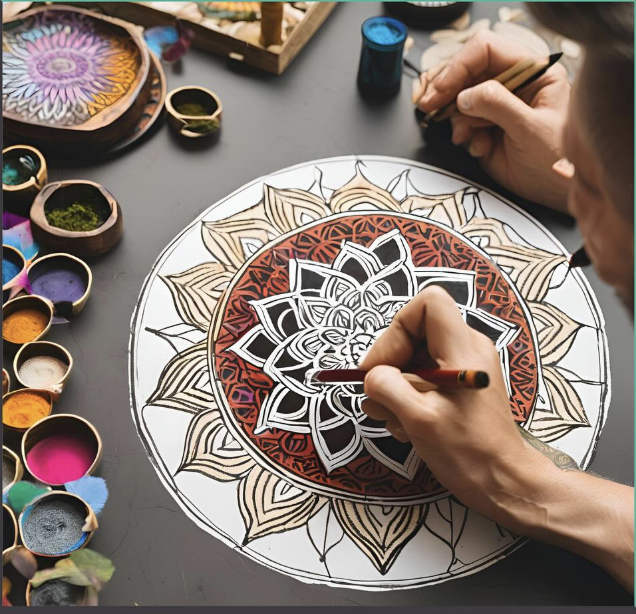Oops! Something went wrong while submitting the form

The Art of Harmony and Self-Discovery
In Sanskrit, "mandala" means "circle" or "center." In Tibetan culture, mandalas are circular images symbolizing the Buddhist worldview and a person's relationship with spiritual reality. Across various cultures, the circle represents unity and wholeness.
In art therapy, mandalas serve as a self-expression and inner exploration medium. By creating drawings within a circle, individuals reflect their mental state, attitudes towards themselves and the world, and hidden needs and paths for growth.
For a deeper analysis, studies by Carl Jung, Kellogg, and Kopytin view mandalas as multilayered structures, where elements like the center, boundaries, and movement carry significance. Even color and form choices can reveal much during discussions with a therapist.
Coloring a mandala can help reduce anxiety and bring focus. It's more than just a relaxation exercise-it's a way to explore your needs, even those that might be unconscious.
Websites:
Mobile Apps:
Books:
Look for mandala coloring books in stores, available in simple to complex formats.
The mandala is a practice you can do independently, without an art therapist.
Give it a try - you might discover something new about yourself!